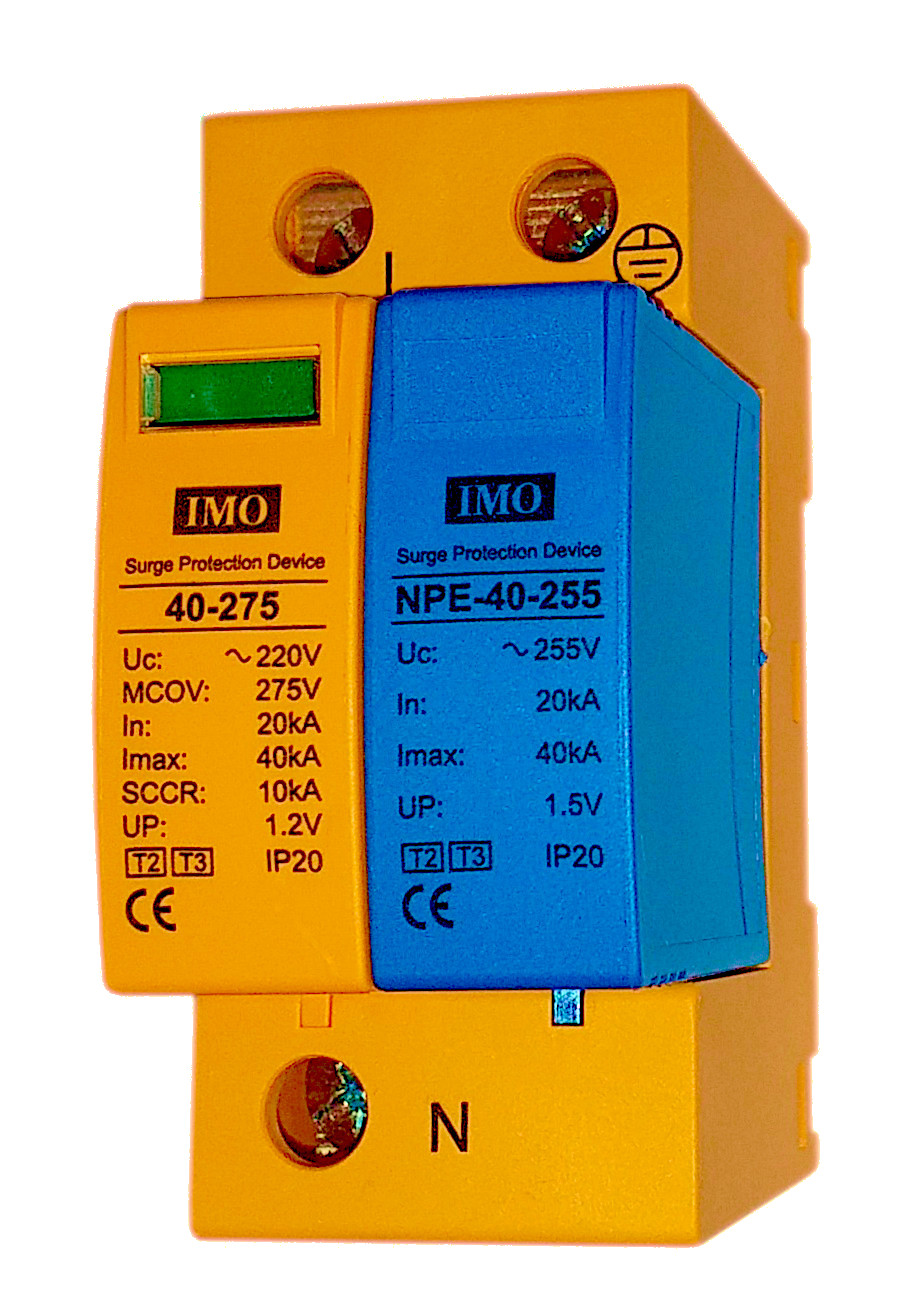D
Deleted member 188516
Guest
Many years ago, I was having my house improved with new heating, additional lights etc. I had the electrician install two unswitched pairs of sockets behind the Hifi from a dedicated spur. It always sounded great and I had no unwanted clicks from heating thermostats and fridges, which were the main culprits back then (c. 1988). Of course, I couldn’t compare it with anything.
Two years later I was relocated for work, and bought a brand new house. There I always used the supplied sockets. Psychologically, I liked the idea of a dedicated supply, but I couldn’t objectively say it was better.
Nowadays we have far more garbage to contend with, thanks to mobile phones, umpteen chargers and wall warts, wireless internet, etc. In yet another property now, I’m thankfully free of symptoms, though I use a noise sniffer and carefully route my cables.
For another take, this pdf download is a good guide to wiring options, but a costly one to install. I’d prefer to buy better kit, but if you have the cash and inclination then it’s possible.
thanks for this. its an interesting guide, however, its via russ andrews which is like swearing on this (or any !) forum !
the woven ring main cable though often runs into problems with electricians however as they refuse to fit it for safety reasons (?).



